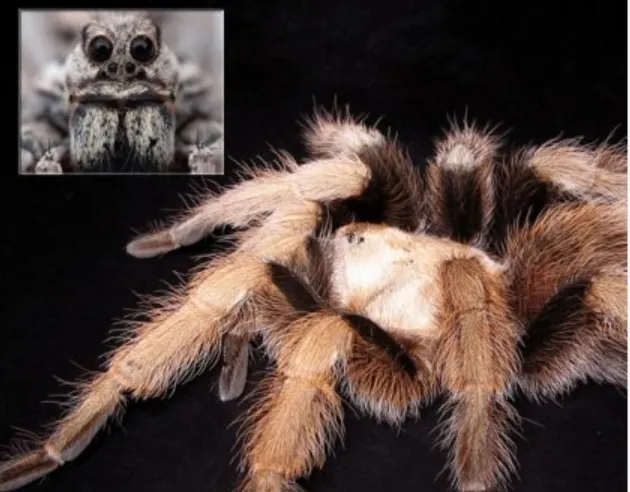What is the Arizona Blonde Tarantula (and Why Choose It)?
The Arizona Blonde Tarantula, scientifically known as Aphonopelma chalcodes, is a popular choice for beginner tarantula enthusiasts. Native to the southwestern United States, specifically the deserts of Arizona and surrounding areas, these spiders are known for their docile temperament, manageable size, and relatively easy care requirements. Their striking appearance, with a tan to golden-brown coloration, adds to their appeal. Choosing an Arizona Blonde Tarantula can be a rewarding experience, offering a fascinating glimpse into the world of arachnids. They are not only captivating to observe but also provide a unique opportunity to learn about the intricacies of tarantula behavior, habitat, and care. Their calm nature makes them a good choice for those new to the hobby, reducing the risk of unexpected defensive behaviors often seen in more aggressive species.
Characteristics of the Arizona Blonde Tarantula
Understanding the characteristics of the Arizona Blonde Tarantula is crucial for providing proper care and ensuring its well-being. This section delves into their physical appearance and behavioral traits, offering insights into what makes them unique and how these aspects influence their care.
Physical Appearance
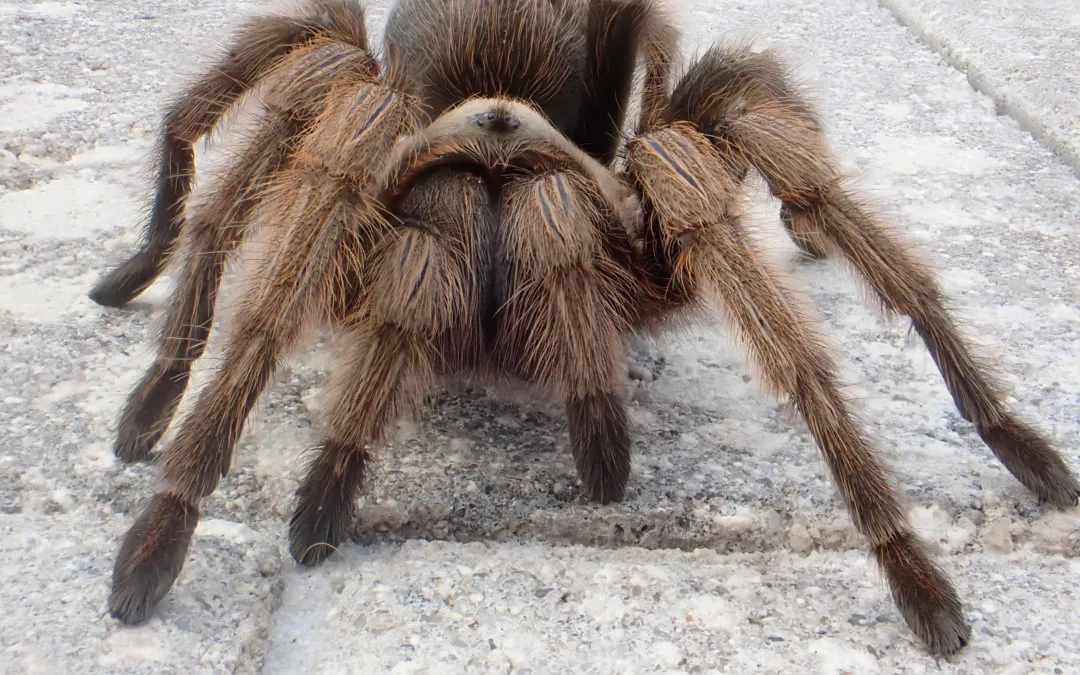
The Arizona Blonde Tarantula is easily identifiable by its overall coloration. The carapace and legs are typically a tan or golden-brown hue, which gives the spider its common name. The abdomen is usually covered with urticating hairs, which serve as a defense mechanism. These hairs are not visible but are released when the spider feels threatened. Adults can reach a leg span of up to 5-6 inches, with females generally being larger than males. Their bodies are covered in tiny hairs that provide sensory information, helping them navigate their environment. These tarantulas also possess fangs used for injecting venom into their prey, although their venom is not considered particularly dangerous to humans, producing a bite similar to a bee sting.
Temperament and Behavior
Arizona Blonde Tarantulas are known for their relatively docile temperament. They are generally slow-moving and less prone to biting than other tarantula species. They are typically more likely to flick urticating hairs as a defense mechanism rather than bite. They are primarily nocturnal creatures, spending most of the day hiding in burrows or under shelter. Their behavior is usually predictable, making them ideal pets for those new to tarantula ownership. Observing their behavior can be very fascinating, from their hunting strategies to their molting process, which highlights the unique aspects of these fascinating creatures. It’s important to note that each tarantula has its own personality, and some may be more defensive than others, but overall, they are considered to be a gentle species.
Setting Up the Perfect Arizona Blonde Tarantula Habitat
Creating the right habitat is critical for the health and happiness of your Arizona Blonde Tarantula. This section covers the key elements of a suitable environment, from enclosure selection to maintaining appropriate temperature and humidity levels.
Choosing the Right Enclosure
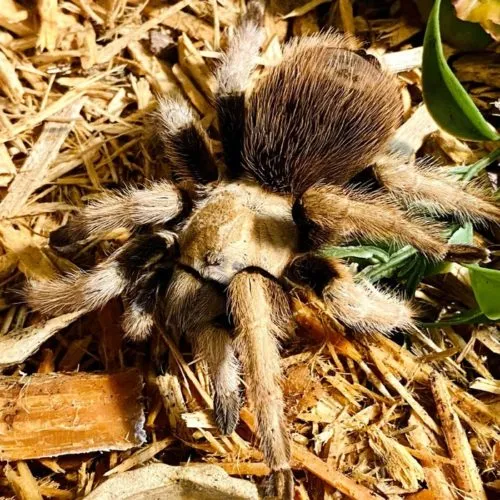
A secure and appropriately sized enclosure is essential. A ten-gallon tank is generally suitable for juveniles, while adults will need a larger enclosure, such as a 20-gallon long tank. The enclosure should have a secure lid to prevent escape and good ventilation. The size of the enclosure should allow the tarantula to move and explore comfortably. Avoid enclosures with large openings or gaps that the tarantula could potentially escape through. Glass or clear plastic enclosures are commonly used, as they allow for easy viewing. Make sure the enclosure is easy to clean and provides adequate space for burrowing and other natural behaviors. An enclosure that is too small can stress the tarantula, while one that is too large might make it difficult to find food.
Substrate and Decor
The substrate should be several inches deep to allow for burrowing, which is a natural behavior for this species. A mixture of peat moss, coconut fiber, and vermiculite works well, retaining moisture while allowing for proper drainage. Provide a hide, such as a piece of cork bark or a hollow log, for the tarantula to retreat to. Artificial plants and other decorations can enhance the habitat, but avoid anything with sharp edges that could injure the tarantula. Make sure the decorations are stable and won’t fall on the tarantula. The substrate should be kept slightly moist, not wet, and should be spot-cleaned regularly to remove waste and uneaten food. A well-maintained substrate helps maintain the correct humidity levels and prevents the growth of mold or bacteria.
Temperature and Humidity
Arizona Blonde Tarantulas thrive in temperatures between 75-85°F (24-29°C). A heat lamp or under-tank heater can be used to maintain the correct temperature, but always make sure to monitor the temperature to prevent overheating. Humidity levels should be kept around 50-60%. This can be achieved by misting the enclosure lightly every few days or by providing a shallow water dish. A hygrometer is recommended to monitor the humidity levels accurately. Poor temperature and humidity can lead to health problems, such as dehydration or difficulty molting. Ensure proper ventilation to prevent mold and bacterial growth. A consistent environment is important to your tarantula’s overall health and happiness.
Feeding Your Arizona Blonde Tarantula
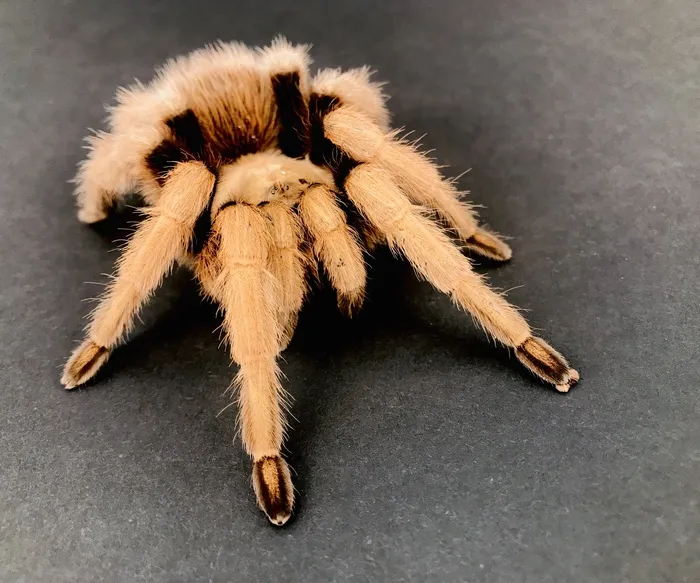
Proper feeding is essential for your tarantula’s health and growth. This section covers the best food options, feeding frequency, and how to ensure your tarantula stays hydrated.
What to Feed Your Tarantula
The Arizona Blonde Tarantula is an opportunistic feeder, primarily consuming insects. Crickets, mealworms, and roaches are common and readily available food sources. The size of the food should be appropriate for the tarantula’s size; the prey should be no larger than the tarantula’s body. Before feeding, ensure the prey insects are gut-loaded with nutritious food to provide your tarantula with a balanced diet. Avoid feeding wild-caught insects, as they may carry parasites or pesticides. The prey should be live to stimulate the tarantula’s hunting instincts. A varied diet can help ensure that your tarantula receives all the necessary nutrients for healthy development.
Feeding Frequency
Juvenile tarantulas should be fed more frequently, approximately 2-3 times per week. Adults can be fed less often, about once or twice a week, or even less. Observe your tarantula’s abdomen; if it appears plump, it is well-fed. Remove any uneaten prey within 24 hours to prevent stress and potential mold growth in the enclosure. Adjust the feeding schedule based on the tarantula’s appetite and molting cycle. During molting, tarantulas typically stop eating, so avoid offering food during this period. Overfeeding can lead to obesity, while underfeeding can stunt growth; therefore, monitoring the tarantula’s body condition is essential.
Water and Hydration
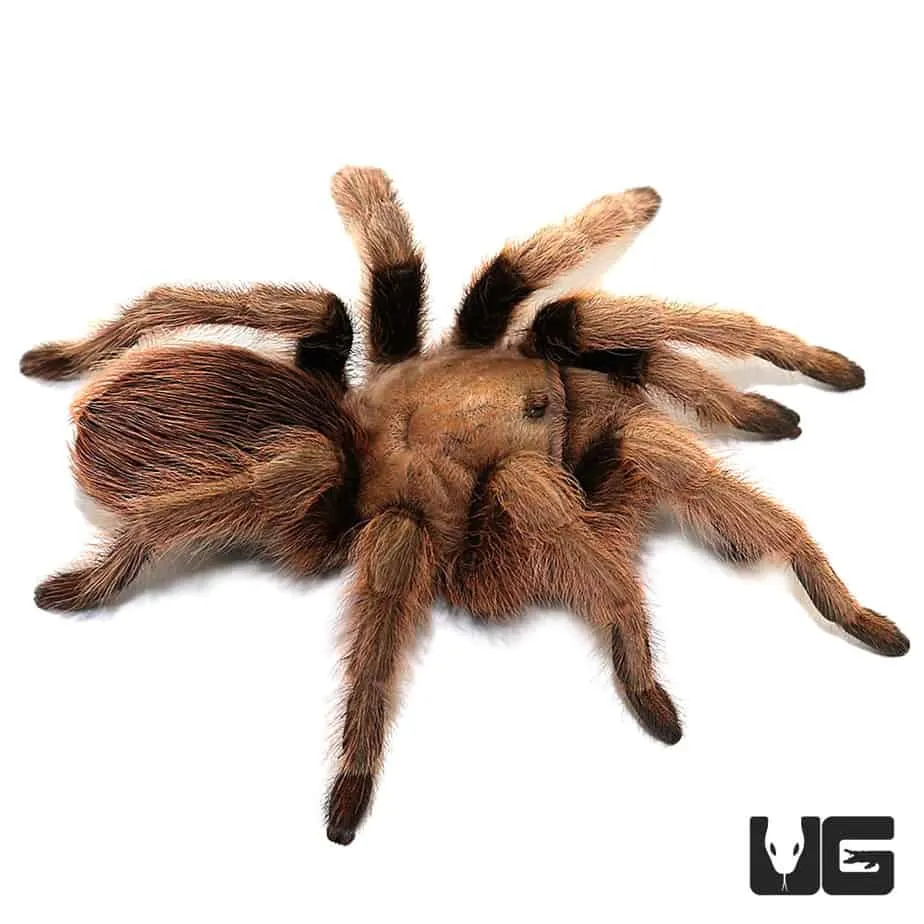
Provide a shallow water dish filled with fresh, clean water at all times. The water dish should be easily accessible and should be shallow enough to prevent the tarantula from drowning. Check the water dish daily and refill it as needed. Some keepers also mist the enclosure lightly every few days to increase humidity and provide a source of water. Ensure the water is always clean and free of debris. Hydration is crucial for the tarantula’s overall health, particularly for molting. Proper hydration can prevent dehydration and facilitate the molting process, allowing the tarantula to shed its exoskeleton successfully.
Handling and Interaction
While Arizona Blonde Tarantulas are known for their docile nature, handling should be approached with caution. This section discusses whether handling is necessary and how to do it safely.
Is Handling Necessary
Handling is generally not necessary for Arizona Blonde Tarantulas. These spiders are primarily for observation and enjoyment. Over-handling can stress the tarantula and increase the risk of accidental injury. They are not like other pets that require interaction. Frequent handling can also lead to defensive behaviors, such as flicking urticating hairs. Instead of handling, focus on creating an optimal habitat, observing their natural behaviors, and enjoying their presence. If you choose to handle your tarantula, do so with extreme care and caution. Always wash your hands before and after handling to prevent the spread of bacteria.
Safety Precautions
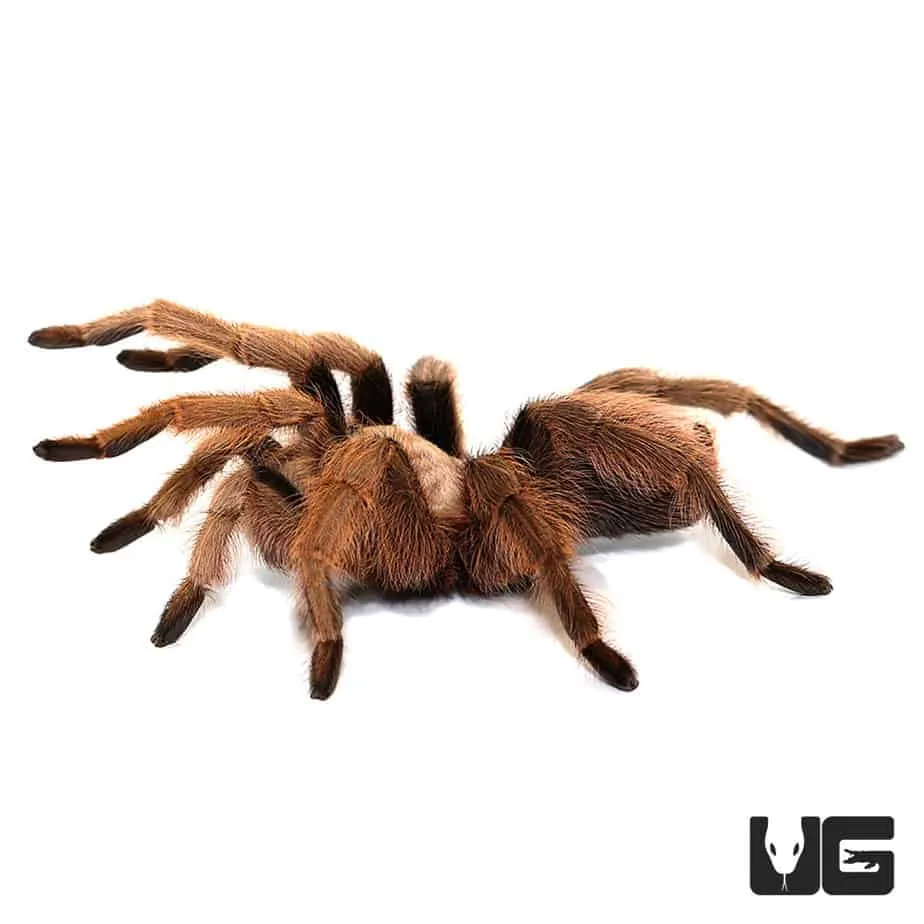
If you choose to handle your tarantula, do so with caution. Handle them close to the ground or a soft surface to minimize the risk of a fall. Avoid sudden movements, which can startle the tarantula and cause it to react defensively. Always supervise children when handling tarantulas. Use a soft brush to gently encourage the tarantula onto your hand if needed. Avoid handling during or shortly after molting, as their exoskeletons are very soft and vulnerable. Be aware of the urticating hairs and avoid touching your face or eyes after handling the tarantula. Always be respectful of the animal, and prioritize its well-being over interaction.
Common Health Issues and How to Address Them
Like all pets, Arizona Blonde Tarantulas can be susceptible to certain health issues. This section covers common problems and how to address them effectively.
Moulting
Molting is a natural process where tarantulas shed their exoskeletons to grow. During this time, the tarantula will typically stop eating, and their abdomen may appear dark or shrunken. The tarantula will usually lie on its back to molt. It is important not to disturb the tarantula during molting. Ensure the humidity is appropriate and avoid feeding during molting. Once the molt is complete, the tarantula will be very vulnerable. It’s crucial not to handle the tarantula for at least a week after molting, as their new exoskeleton will need time to harden. Provide a safe and quiet environment during this process, as it is very taxing. Monitor the tarantula for any signs of distress and contact a qualified veterinarian if necessary.
Parasites and Diseases
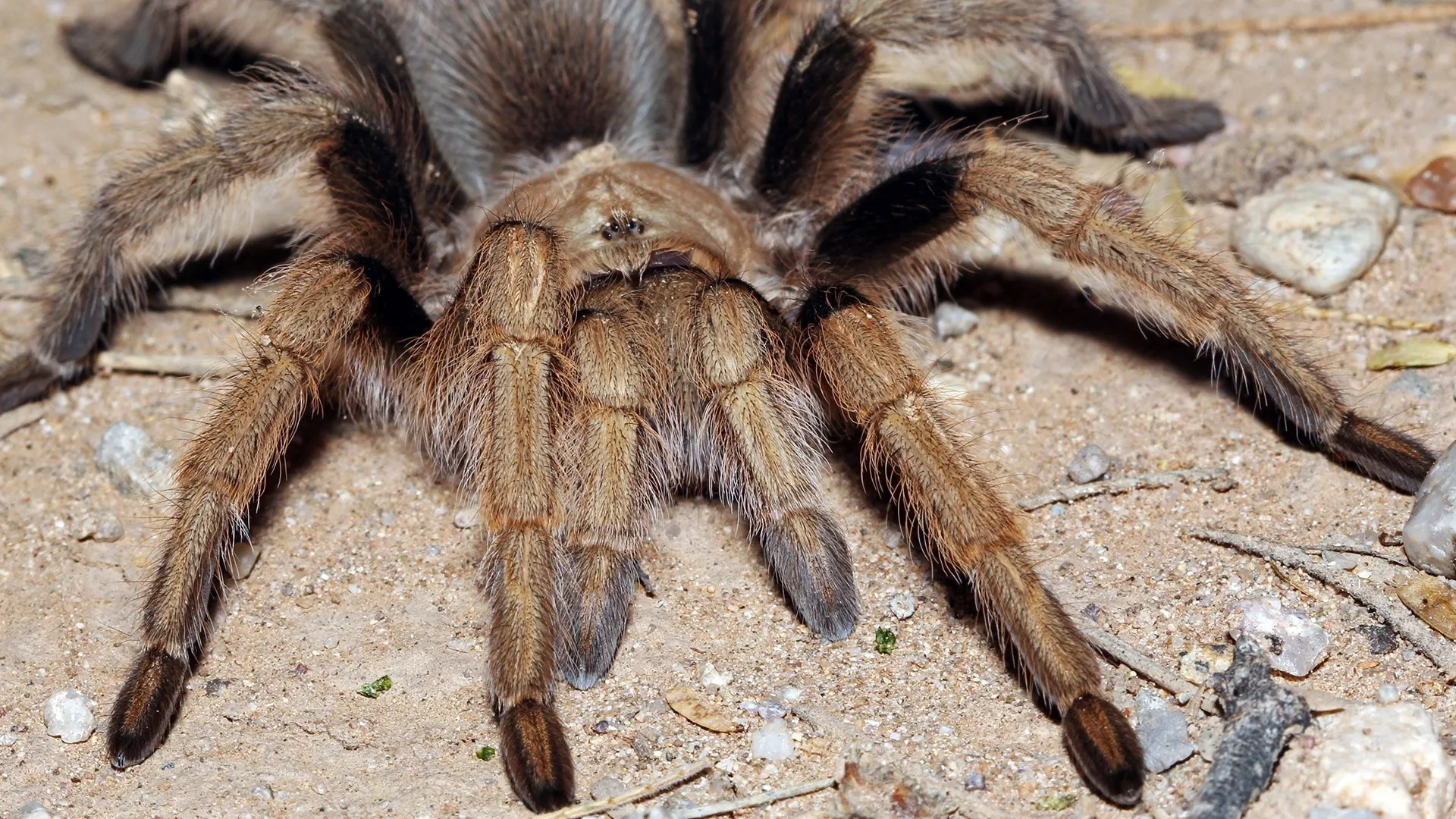
While relatively hardy, Arizona Blonde Tarantulas can be susceptible to certain parasites and diseases. Mites are a common problem, which can be identified by small, moving dots on the tarantula. If mites are detected, remove them with a soft brush and improve the enclosure’s hygiene. Fungal infections can occur in enclosures that are too humid; improve ventilation and reduce humidity if necessary. Always quarantine new tarantulas before introducing them to your collection. Contact a veterinarian specializing in exotic animals if you notice signs of illness, such as lethargy, loss of appetite, or unusual behavior. Maintaining a clean enclosure, providing proper nutrition, and monitoring your tarantula regularly can help prevent many health problems.
Breeding Arizona Blonde Tarantulas
Breeding Arizona Blonde Tarantulas is a rewarding but complex process. This section provides a basic overview of the steps involved.
Sexing Your Tarantula
Determining the sex of your tarantula is the first step in breeding. The most reliable method is to examine the underside of the tarantula. Males have a small hook-like structure on their front legs (pedipalps) that they use to store sperm. Males also have a slit or furrow on their abdomen, which is absent in females. The sex of the tarantula can be determined during a molt by examining the exuvium, or shed exoskeleton. The presence of spermathecae (sperm storage organs) confirms the female. Sexing juveniles can be challenging, and waiting until they molt to get a better view is often needed.
The Breeding Process
Breeding Arizona Blonde Tarantulas involves careful preparation and observation. Once the male is mature, introduce him to the female’s enclosure. The male will drum on the substrate to attract the female, and if she is receptive, they will mate. After mating, separate the male to prevent him from being eaten by the female. The female will lay an egg sac containing hundreds of eggs. The egg sac should be incubated at the proper temperature and humidity levels. After a few weeks, the spiderlings will hatch and can be housed separately. Raising spiderlings requires special attention to ensure they are fed and have appropriate living conditions. Breeding tarantulas is a significant commitment, requiring proper resources and a deep understanding of the species’ needs.
Conclusion
The Arizona Blonde Tarantula is an excellent choice for beginners due to its docile nature, manageable care requirements, and fascinating behaviors. By following the guidelines outlined in this guide, you can create a thriving habitat and enjoy a rewarding experience with your tarantula. Remember to research, observe your tarantula closely, and provide it with the proper environment to ensure its health and happiness. Caring for an Arizona Blonde Tarantula can be a fulfilling hobby, providing a unique connection to the natural world. Enjoy your journey into the world of arachnids!
